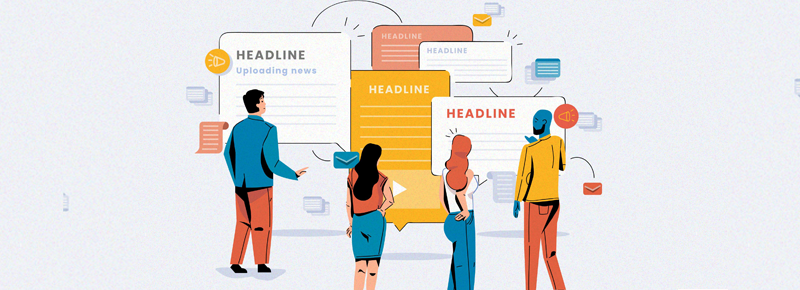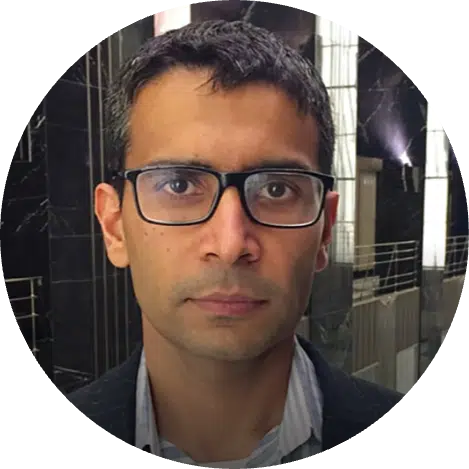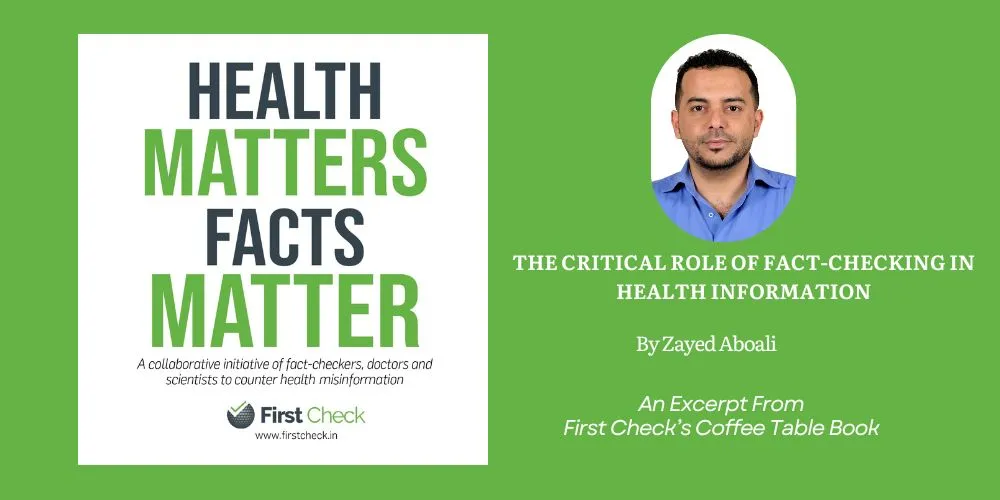Latest
The Missing Context of Misinformation: From Supply to Demand
Author
Author
- admin / 2 years

- 0
- 3 min read

Author
Misinformation isn’t a new phenomenon. For eons, our society has grappled with twisted public narratives spun by those hoping to profit—be it monetarily, politically, or ideologically. Over time, humans have evolved mechanisms to filter, question, and address such skewed narratives.
But the quantum, channel, and speed of narratives, both true and false, circulating in the public sphere have amplified exponentially in the current era. Take, for instance, the COVID-19 pandemic, an unprecedented global event that became a breeding ground for myriad myths and misinterpretations. From the origins of the virus to the implications of vaccination, there was no dearth of narratives, some misleading and others outrightly fabricated. The pandemic highlighted the urgency and complexity of the misinformation challenge.
To address this deluge, the dominant approach has been what we’d term the “3C strategy”: censoring (removing false or misleading content), correcting (providing accurate information or fact-checking), and constraining (limiting the spread of misinformation). Essentially, this strategy is about plugging the source or stemming the flow. But does this address the entirety of the issue?
In focusing on the production and dissemination of misinformation (the supply side), we may be overlooking an equally important facet: why are individuals consuming and sometimes believing this misinformation in the first place (the demand side)?
In the past year, we have conducted research across multiple countries in understanding the demand side of misinformation and its linkage to vaccine hesitancy. Our work revealed some fundamental drivers behind people’s tendencies to seek out and sometimes rely on alternative narratives:
- Balance and diversity: Many felt that mainstream narratives, intentionally or not, came with inherent biases. To counteract this perceived bias, individuals actively sought out opposing views and narratives.
- Freedom of Choice: People want to make up their own minds. They want to be informed, not instructed. And they yearn for a buffet of perspectives.
- Trust: A waning trust in institutions means firsthand experiences leads to an increase in reliance on wisdom of tribe – information that comes from people of their own tribe. As a result, personal anecdotes (e.g. side effects of vaccines) are likely to weigh more than expert opinions or official reports.
- Transparency: With a sea of information at their fingertips, individuals scout for authenticity cues (e.g. incentives, political inclinations). More often than not, credible resources tend to have their own agendas and goals that may not be shared publicly and leads to extreme levels of speculation.
- Certainty about Value of Time Spent: People want to be sure the content they read is worth their time. They want assurance that the content aligns with their needs and curiosities.
These driving factors, while shaped by contemporary dynamics, echo human instincts and methods that we’ve developed over centuries to discern the authentic from the inauthentic. Therefore, any strategy that focuses only on countering misinformation at its source risks being myopic. While it’s essential to support the accuracy of narratives in the public domain, it’s equally vital to comprehend why alternative narratives, even if false, find takers.
In conclusion, the fight against misinformation in the digital age is two-pronged. It’s not merely about “stopping” or “correcting”; it’s also about “understanding” and “satisfying.” Tackling both the supply and demand sides of misinformation ensures a holistic approach, paving the way for a truly informed society. Only by appreciating the nuances of this challenge can we hope to devise strategies that are both effective and enduring.










